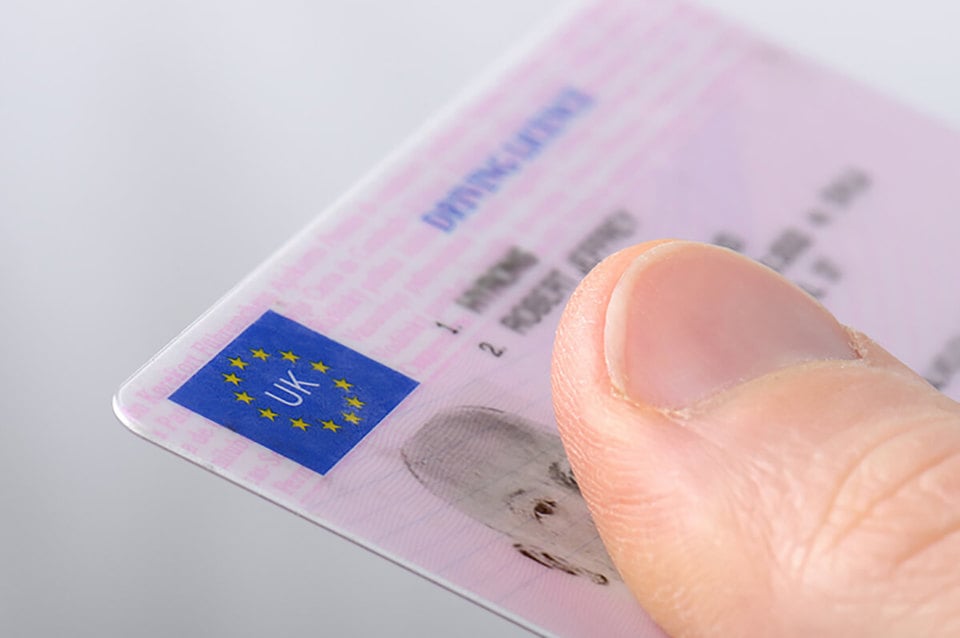Cash-strapped fleets face a dilemma on licence checking when the paper-based counterpart is dropped in 2014 or 2015. One option could add thousands of pounds to their company’s bottom line; the other is a health and safety risk.
At present, fleets can check their drivers’ details directly with the DVLA or employ a third party to do it for them online.
Others avoid online certification, preferring to check drivers’ paper counterparts themselves once (or more) a year to prove whether drivers have points on their licence.
It’s especially common with company car drivers where driving isn’t central to their role or with employees who drive their own cars on business – the grey fleet.
However, how these fleets address this issue is being brought sharply into focus after major changes to the driving licence were revealed. Click Here to read the full story.
The changes include scrapping the paper counterpart, which will create problems for fleets that use it to inspect licences.
CFC Solutions managing director Neville Briggs believes an online system will be “the only alternative” to fleets after the paper counterpart is scrapped by 2015.
That would mean thousands of fleets having to access online checking services for the first time and paying a fee of up to £10 per driver, on a quarterly, half-yearly or an annual basis.
Another viable alternative
However, Fleet News is aware that a number of fleets are considering another option: to require staff to sign a mandate which commits them to updating the company with any changes to their licence.
The DVLA is looking at a range of services, which could include “enhanced access to driver’s data”. But even if a new database is developed, fleets would still have to pay a fee, so is a driver mandate a reasonable alternative?
The legal perspective
There may not be specific legislation that requires an employer to check an employee’s driving licence, but it’s an offence if a company allows “an employee to drive a vehicle during the course of work without a valid licence”, according to Michael Appleby, a partner at Housemans Solicitors.
HSE’s guide Driving at Work says that employers should satisfy themselves that drivers are competent and capable, and asks the question: do you check the validity of the driving licence on recruitment and periodically?
“The guidance is not binding and so a company does not have to follow it, but it does need to be able to demonstrate that it manages the risk effectively,” said Appleby.
“If a company relies upon self-certification , then it needs to be confident that the system works.”
He said that could be achieved through random licence checks to ensure “certificates completed by employees are accurate, with disciplinary action being taken where employees have misrepresented the true position”.
David Faithful, consultant solicitor at Lyons Davidson, told Fleet News that it’s a matter of perspective.
“If the fleet has a handful of drivers then self-checking is probably not that onerous, but on the other hand a large fleet employing agency drivers may need some automation of the process,” he said.
“As long as the employer is doing all that is reasonably practicable to identify drivers who are not eligible to drive, then this should be sufficient to discharge their health and safety obligations.”
Faithfull outlined how licence checking had developed over the years. He said: “Driving licence checking has never been a cornerstone of risk management
“It all started many years ago by insurers at a time when there were no risk management requirements. They insisted that the fleet checks the drivers licence as a bare minimum just to make sure they were at least eligible to drive the insured vehicle.
“This along with relaxation by DVLA of data availability eventually created a licence checking culture at a time when there was no recognised risk management process and many employers believed that was all they needed to do.
“Life is a little bit more sophisticated these days, but the risk can still be addressed by the employer checking the position themselves once a year with the obligation placed on the employee to notify changes as and when they occur.”
Potential risks
During 2011, the Licence Bureau found that on average one in every 300 licences it checked were invalid, with 43% of non-compliant drivers driving on a provisional licence, 31% on a revoked licence and 9% disqualified. It estimates there are 24,000 people illegally driving for companies in the UK.
More on page two...
























Login to comment
Comments
No comments have been made yet.